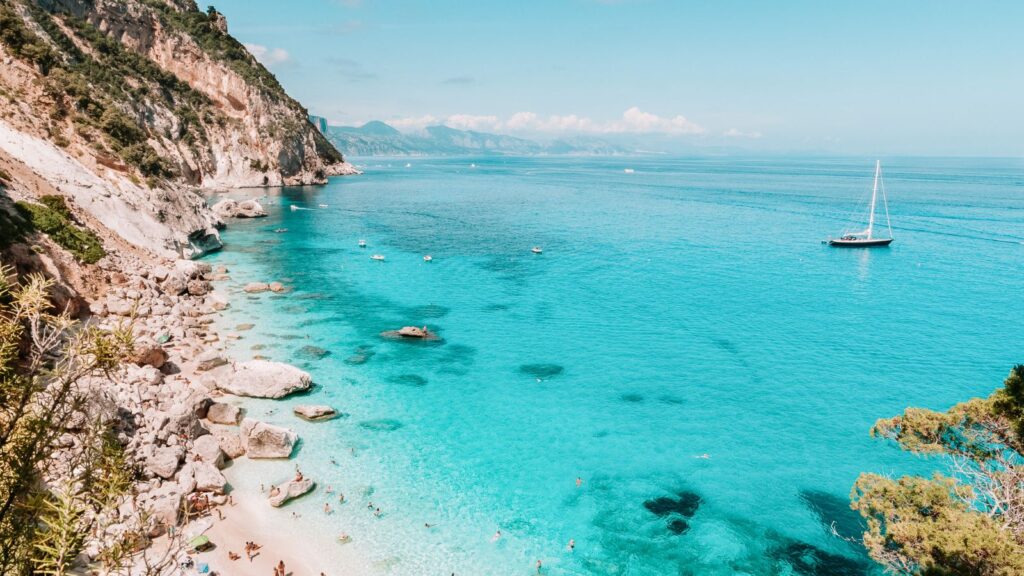The Best Time to Visit Japan: Seasonal Highlights and Travel Tips
Japan is a country that offers a unique experience no matter when you choose to visit. From the cherry blossoms of spring to the vibrant autumn foliage, each season has its own charm. In this guide, we’ll explore the best times to visit Japan, highlighting the key attractions and activities for each season.
Spring: The Magic of Cherry Blossoms

Best Time to Visit: Late March to Early May
Spring in Japan is synonymous with cherry blossoms, or sakura, which attract millions of visitors from around the world. The blooming period varies by region, but it typically starts in late March and can last until early May. Popular spots to enjoy the blossoms include:
- Tokyo: Ueno Park, Shinjuku Gyoen
- Kyoto: Maruyama Park, Philosopher’s Path
- Osaka: Osaka Castle, Kema Sakuranomiya Park
Beyond cherry blossoms, spring is also a great time to enjoy mild weather and cultural festivals like the Takayama Spring Festival and the Kyoto Aoi Matsuri. Remember to book accommodations well in advance, as this is one of Japan’s busiest travel seasons.
Summer: Festivals and Coastal Escapes
Best Time to Visit: June to August
Summer in Japan can be hot and humid, but it’s also the season for lively festivals and outdoor activities. Notable festivals include:
- Gion Matsuri in Kyoto: One of Japan’s most famous festivals, held throughout July.
- Nebuta Matsuri in Aomori: A spectacular festival featuring large illuminated floats, held in early August.
- Sumida River Fireworks in Tokyo: A stunning fireworks display along the Sumida River, held in late July.
For those looking to escape the heat, Japan’s coastal areas and islands offer beautiful beaches and refreshing sea breezes. Okinawa and the beaches of Shikoku are perfect for sunbathing, swimming, and water sports.
Autumn: The Beauty of Changing Leaves
Best Time to Visit: September to November
Autumn is another peak travel season in Japan, celebrated for its stunning fall foliage. The vibrant reds, oranges, and yellows of the leaves create picturesque landscapes across the country. Top spots for autumn colors include:
- Nikko: Famous for its scenic beauty and historical sites.
- Kyoto: Arashiyama, Kiyomizu-dera Temple
- Hokkaido: Daisetsuzan National Park, Shiretoko National Park
Autumn is also a great time to explore Japan’s culinary delights, with seasonal foods like matsutake mushrooms, chestnuts, and persimmons taking center stage. The weather is generally mild and pleasant, making it ideal for sightseeing and outdoor activities.
Winter: Snowy Landscapes and Hot Springs

Best Time to Visit: December to February
Winter in Japan offers a different kind of beauty, with snow-covered landscapes and festive illuminations. Skiing and snowboarding enthusiasts will find world-class resorts in regions like Hokkaido and the Japanese Alps. Notable winter destinations include:
- Sapporo: Famous for its annual Snow Festival in February.
- Nagano: Host of the 1998 Winter Olympics, known for its hot springs and snow monkeys.
- Shirakawa-go: A UNESCO World Heritage site featuring traditional thatched-roof houses, particularly picturesque in winter.
Winter is also the best time to experience Japan’s onsen (hot springs). Popular onsen towns like Hakone and Beppu offer a relaxing escape from the cold, with outdoor baths providing stunning views of snowy landscapes.
Conclusion
Japan is a year-round destination, with each season offering its own unique attractions and experiences. Whether you’re drawn to the cherry blossoms of spring, the festivals of summer, the vibrant foliage of autumn, or the snowy beauty of winter, there’s always something special to discover. By planning your visit according to the seasonal highlights, you can ensure an unforgettable trip to Japan.
When planning your trip, remember to consider factors such as weather conditions, local festivals, and accommodation availability. With thoughtful preparation, your visit to Japan will be filled with memorable moments and breathtaking sights.





